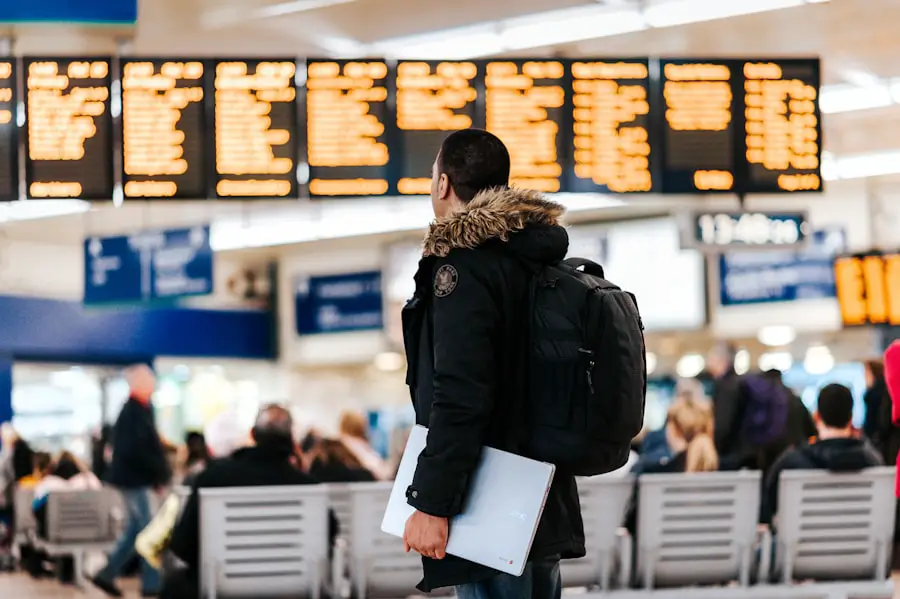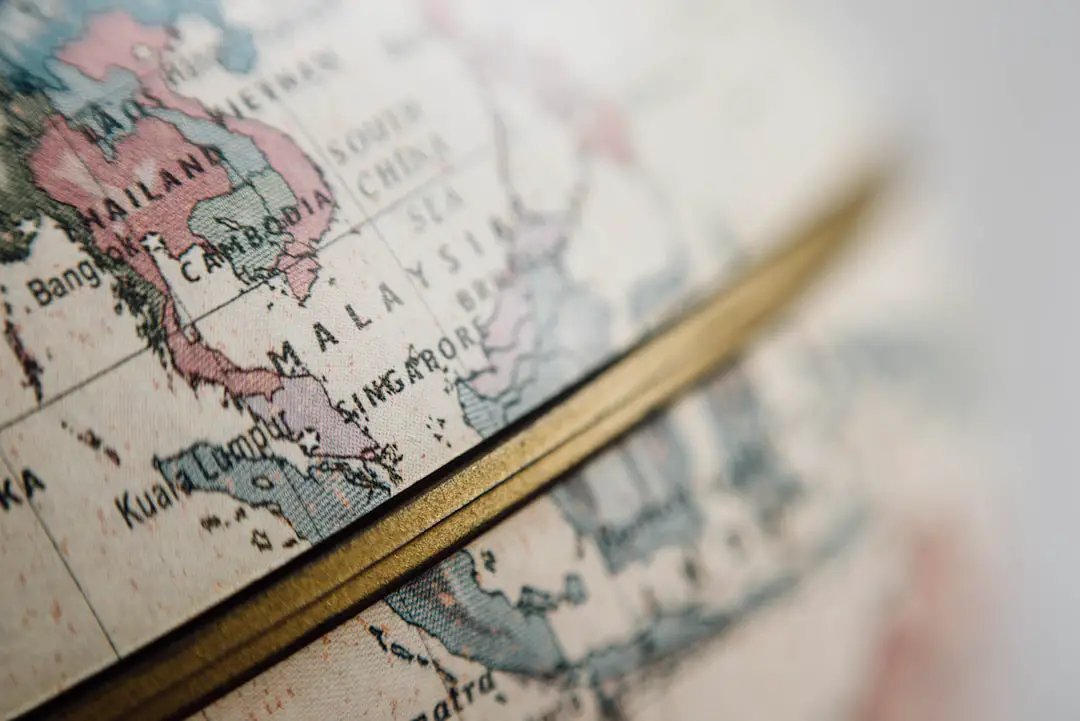Colombia, a country renowned for its diverse landscapes and rich cultural heritage, boasts a climate that varies significantly across its regions. This variation is primarily due to its geographical features, including the Andes mountain range, the Amazon rainforest, and the Caribbean coastline. The country experiences a tropical climate in lowland areas, while higher altitudes can present a temperate climate.
The interplay of these climatic zones creates a unique environment that supports an incredible array of biodiversity and cultural practices. The climate in Colombia is generally categorized into two main seasons: the dry season and the rainy season. The dry season typically runs from December to March and July to August, while the rainy season occurs from April to June and September to November.
However, these patterns can vary by region. For instance, coastal areas may experience different rainfall patterns compared to the Andean regions. Understanding Colombia’s climate is essential for travelers seeking to explore its natural beauty and vibrant culture, as it influences not only the weather but also the best times to engage in various activities.
Key Takeaways
- Colombia has a diverse climate due to its varied topography, with regions experiencing different weather patterns throughout the year.
- Traveling to Colombia during the dry season, which typically runs from December to March, offers visitors the chance to explore the country without the interruption of heavy rainfall.
- Exploring Colombia during the rainy season, from April to November, allows travelers to witness the lush green landscapes and vibrant flora that thrive in the wetter conditions.
- Colombia hosts numerous festivals and events throughout the year, including the Barranquilla Carnival in February and the Medellin Flower Festival in August, providing visitors with unique cultural experiences.
- The best time to visit Colombia’s beaches is during the dry season, when the weather is ideal for sunbathing, swimming, and water sports.
- Colombia’s diverse wildlife and natural beauty can be best observed during the dry season, making it an ideal time for nature enthusiasts to visit the country.
- Colombia is home to numerous cultural and historical sites, such as the ancient city of Ciudad Perdida and the colonial town of Villa de Leyva, which can be explored year-round with varying weather conditions.
- When traveling to Colombia in different seasons, it’s important to pack accordingly, with lightweight clothing and sunscreen for the dry season, and waterproof gear for the rainy season.
Traveling to Colombia in the Dry Season
Traveling to Colombia during the dry season offers visitors a chance to experience the country at its most vibrant. The months of December through March are particularly popular among tourists, as they coincide with the holiday season and numerous festivals. The weather is generally warm and sunny, making it ideal for outdoor activities such as hiking, exploring national parks, or lounging on the beach.
Cities like Cartagena and Santa Marta come alive with tourists eager to soak up the sun and enjoy the festive atmosphere. In addition to pleasant weather, the dry season is an excellent time for cultural exploration. Many towns and cities host events that celebrate local traditions and customs.
For example, Barranquilla’s Carnival, held in February or March, is one of the largest and most colorful festivals in Colombia, attracting thousands of visitors each year. The dry season also allows for easier travel between regions, as roads are less likely to be affected by rain, making it convenient for those wishing to explore multiple destinations within a limited timeframe.
Exploring Colombia during the Rainy Season

While the rainy season in Colombia may deter some travelers, it offers a unique perspective on the country’s natural beauty and cultural richness. From April to June and September to November, rain showers are common, particularly in the afternoons. However, this season brings lush greenery and vibrant landscapes that are often less visible during the dry months.
The Amazon rainforest, for instance, becomes even more alive with flora and fauna during this time, providing an unparalleled opportunity for nature enthusiasts. Traveling during the rainy season can also mean fewer crowds at popular tourist destinations. This allows for a more intimate experience when visiting historical sites or engaging with local communities.
For example, cities like Medellín host their own Flower Festival in August, showcasing stunning floral displays and cultural performances that are less crowded than similar events during the dry season. Additionally, prices for accommodations and tours may be lower during this period, making it an attractive option for budget-conscious travelers.
Festivals and Events in Colombia Throughout the Year
| Month | Event | Location |
|---|---|---|
| January | Carnival of Blacks and Whites | Popayán |
| February | Barranquilla Carnival | Barranquilla |
| March | Festival de la Leyenda Vallenata | Valledupar |
| April | Feria de Cali | Cali |
| July | Festival de Verano | Bogotá |
| August | Feria de las Flores | Medellín |
| September | Festival Internacional de Teatro | Bogotá |
| October | Festival de la Luna Verde | Santa Marta |
| November | Festival de la Leyenda Vallenata | Valledupar |
| December | Medellín Christmas Lights | Medellín |
Colombia’s calendar is filled with vibrant festivals and events that reflect its rich cultural tapestry. Each region has its own unique celebrations that highlight local traditions, music, dance, and cuisine. For instance, the Feria de las Flores in Medellín is a week-long festival held in early August that celebrates the city’s flower-growing industry with parades, concerts, and flower displays.
This event draws both locals and tourists alike, creating a lively atmosphere filled with color and joy. Another significant event is the Festival de la Leyenda Vallenata in Valledupar, which takes place in late April. This festival honors Vallenato music, a traditional genre that originated in the Caribbean region of Colombia.
Musicians from across the country compete in various categories, showcasing their talents on instruments like the accordion and caja. Such festivals not only provide entertainment but also serve as a means of preserving cultural heritage and fostering community spirit.
Best Time to Visit Colombia’s Beaches
Colombia’s coastline offers some of the most stunning beaches in South America, with both Caribbean and Pacific shores providing unique experiences. The best time to visit these beaches largely depends on the specific region and desired activities. For Caribbean destinations like San Andrés and Cartagena, the dry season from December to March is ideal for sunbathing, swimming, and water sports.
During this time, visitors can enjoy clear skies and warm temperatures while exploring vibrant coral reefs or relaxing on pristine sands. On the other hand, if one is drawn to the Pacific coast’s lush landscapes and biodiversity, visiting during the rainy season can be rewarding as well. While rain is more frequent from April to November, this period also coincides with whale-watching season along the Pacific coast.
Humpback whales migrate to these waters to breed and give birth, offering a spectacular sight for those willing to brave occasional showers. The contrast between rain-soaked jungles and serene beaches creates a captivating environment for nature lovers.
Wildlife and Nature Watching in Colombia

Colombia is one of the most biodiverse countries in the world, home to an astonishing variety of wildlife and ecosystems. From the Amazon rainforest to the Andes mountains and coastal regions, each area offers unique opportunities for wildlife observation. The best time for wildlife watching often aligns with seasonal changes; for instance, many migratory birds flock to Colombia during the dry season from December to March.
Birdwatchers can take advantage of this period to spot species such as toucans, parrots, and hummingbirds in places like El Dorado Nature Reserve. In addition to avian life, Colombia’s national parks provide habitats for numerous mammals and reptiles. Parque Nacional Natural Tayrona is renowned for its diverse ecosystems that include tropical forests and coral reefs.
Visitors can hike through lush trails while keeping an eye out for howler monkeys or capybaras near water sources. The rainy season also enhances wildlife activity; many animals are more visible as they seek food in the abundant vegetation. This makes it an excellent time for eco-tourism enthusiasts who wish to immerse themselves in Colombia’s natural wonders.
Cultural and Historical Sites in Colombia
Colombia’s rich history is reflected in its numerous cultural and historical sites that span pre-Columbian times through colonial periods to modern-day achievements. Cities like Bogotá are home to significant landmarks such as La Candelaria, where colonial architecture meets contemporary art galleries and museums. The Gold Museum (Museo del Oro) showcases an extensive collection of pre-Hispanic gold artifacts that highlight indigenous cultures’ craftsmanship.
In addition to urban sites, Colombia’s archaeological wonders are noteworthy. The ancient city of Ciudad Perdida (Lost City) in Sierra Nevada de Santa Marta dates back to around 800 AD and offers a glimpse into the lives of the Tayrona civilization. Trekking through dense jungle to reach this site not only provides an adventure but also an opportunity to learn about indigenous history firsthand.
Visiting these sites throughout the year allows travelers to appreciate Colombia’s diverse heritage while engaging with local communities dedicated to preserving their cultural legacies.
Tips for Traveling to Colombia in Different Seasons
When planning a trip to Colombia, understanding seasonal variations can significantly enhance your experience. During the dry season, it’s advisable to book accommodations and tours in advance due to increased demand from tourists. Popular destinations may become crowded during holidays like Christmas or Easter; thus, flexibility in travel dates can help avoid peak times.
Conversely, if traveling during the rainy season, packing appropriate gear such as waterproof clothing and sturdy footwear is essential for navigating wet conditions comfortably. Embracing spontaneity can lead to unexpected adventures; many travelers find that some of their most memorable experiences occur when they venture off the beaten path during less crowded times. Regardless of when you choose to visit Colombia, engaging with local customs and traditions will enrich your journey.
Learning basic Spanish phrases can enhance interactions with locals who are often eager to share their culture with visitors. Whether you’re exploring bustling markets or enjoying traditional meals at family-run restaurants, immersing yourself in Colombian life will create lasting memories that transcend seasonal differences.
FAQs
What is the best time to travel to Colombia?
The best time to travel to Colombia is during the dry season, which typically runs from December to March and July to August.
What is the weather like in Colombia during the best time to travel?
During the dry season, Colombia experiences warm and sunny weather with lower chances of rain. Temperatures are generally comfortable, making it an ideal time for outdoor activities and sightseeing.
Are there any specific events or festivals to consider when planning a trip to Colombia?
Colombia hosts several festivals and events throughout the year, including the Barranquilla Carnival in February, the Flower Festival in Medellin in August, and the Bogota International Film Festival in October.
Are there any considerations for traveling to Colombia during the off-peak season?
Traveling during the off-peak season in Colombia, which includes the rainy months of April to June and September to November, may result in lower prices for accommodations and fewer crowds at popular tourist attractions. However, it’s important to be prepared for occasional rain showers and potential travel disruptions.
